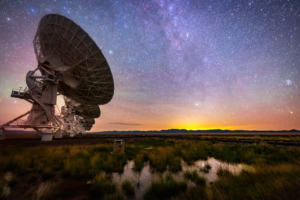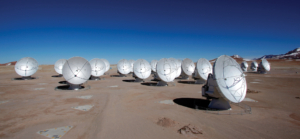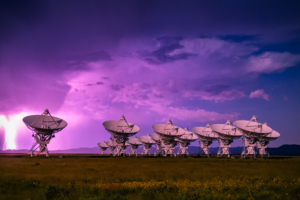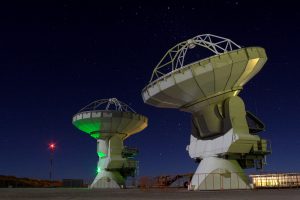Two student researchers from the National Radio Astronomy Observatory’s National Astronomy Consortium (NAC) program were each awarded the prestigious Chambliss Astronomy Achievement Student Awards medal during the 241st proceedings of the American Astronomical Society (AAS).
Doni Anderson and Miguel Montalvo Hernandez, undergraduate researchers who completed their NAC summer research projects in 2022, each received a Chambliss medal for exemplary research in astrophysics.











